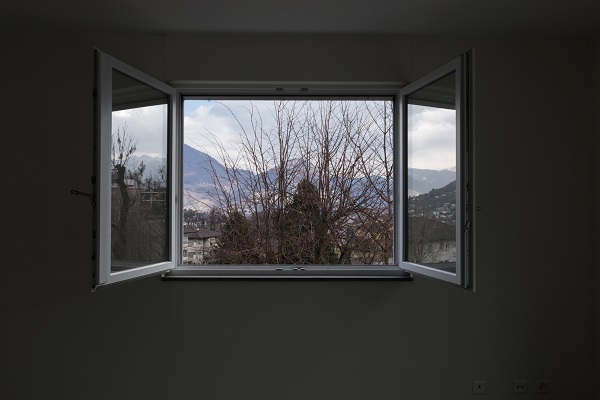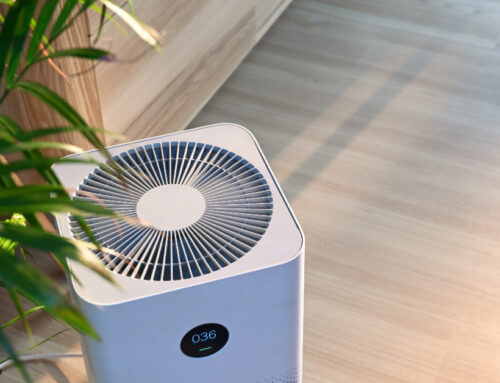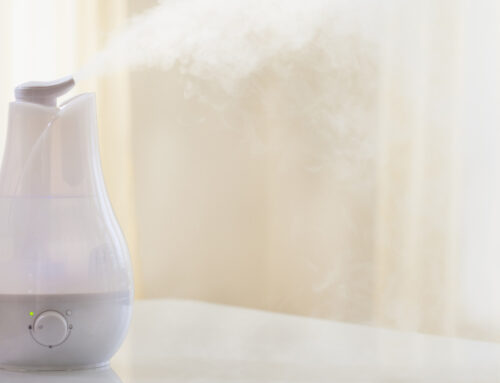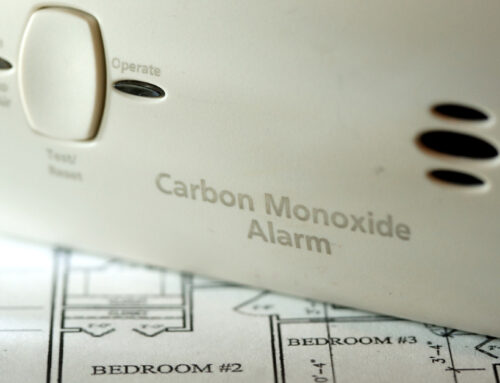A Nevada Appeal reader reached out to me with a question about the need for fresh indoor air. Since it’s a great topic for all of us during windows-closed season, I’ve shared my response here.
If you are worried more about air leaks causing your energy bills to soar, the U.S. Department of Energy (www.energy.gov) provides information on DIY home energy audits. If you’re just wondering if you need fresh air in the house, in a word, the answer is yes, you need fresh indoor air in your home. The question becomes, how does it get in besides opening windows?
Fresh air
Ironically, leaks in the building envelope provide fresh air to the home. A certain amount of fresh air needs to come into the home to keep the air healthy; however, a well-sealed home is too tight, and doesn’t leak enough, to provide the needed fresh air.
That can be remedied with a heat-recovery ventilator or an energy-recovery ventilator. This provides two important benefits.
First, you control the source of the fresh air that comes into your home. Rather than air leaking in through cracks and crevices, with some coming from the crawlspace and the attic (not my favorite sources of fresh air), air comes in through a duct from a place you choose for fresh air.
Secondly, it’s more energy efficient than just bringing outside air in. Indoor air that is exhausted passes through a heat exchanger, conditioning the outside air being brought in.
Pressurization
I’m a fan of maintaining a slight positive pressure inside the home. In this situation, air will leak out through the various places that it currently leaks in. So now you’re bringing air into your home from a source that you’ve chosen, and reversing the flow so that air now “leaks” out into your crawlspace and attic, instead of leaking in from those places. Depending on your situation, this can be accomplished by adjusting airflow through a heat-recovery ventilator or an energy-recovery ventilator, by bringing outside air into your return air duct, or a number of other approaches.
Duct leakage

If your home is like the majority of homes in our area, your return air runs through the attic. The blower in the furnace pulls air through the return ducts, creating low pressure in them. Improperly sealed joints in the ducting allows attic air to be drawn into the ducting and it is subsequently distributed through your home.
Your supply ducts are most likely in your crawlspace. Here the duct leakage adds positive pressure to the crawlspace, which helps force air from the crawlspace into your living space (often through gaps around the heating registers in your floor).
Ducts that aren’t stretched tight, or that turn corners without proper technique, create more positive pressure in supply ducts, and negative pressure in return ducts, making the aforementioned issues more pronounced.
Other air losses
Kitchen hoods, bathroom fans, and clothes dryers exhaust air from your home, significantly increasing the rate of infiltration. If they are seldom run or run for short durations, this may not be a huge problem. Providing make-up air when these exhaust sources are running can significantly improve the situation, though.
Improving the quality of your air
Depending on where the air is coming from, higher quality filters in your central heating and cooling system can help improve indoor air quality. Care must be taken not to overdo this. Filters that remove more particles from the air also restrict airflow. Whether the filter is in the ceiling or at the furnace, it can decrease the airflow and create extra wear-and-tear on your system.
You can also supplement filtration efforts through the use of high-quality, free-standing portable air cleaners.
If all else fails and you’re still worried about fresh air, open a window for a bit. You’ll feel better.
— Dirk
If you have a question for Dirk, send an email to dirk@roperhvac.com and we’ll try to answer it in an upcoming column.





